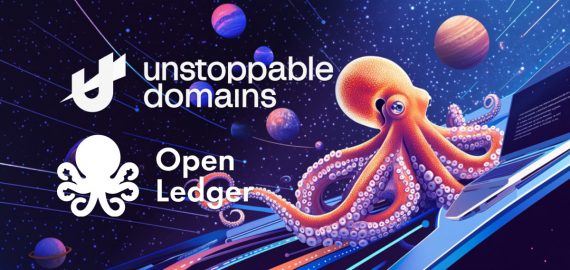Rural and Urban Divide in Internet Access Highlights the Global Digital Gap


In Brief
The ITU predicts 5.5 billion online users in 2024, a 227 million increase from 2023, but inequities, particularly in low-income regions, hinder progress, leaving 2.6 billion offline.

The International Telecommunication Union (ITU) estimates that 5.5 billion people will be online in 2024, a 227 million increase over updated 2023 statistics. However, glaring inequities, especially in low-income areas, cast a shadow on this progress. Approximately 2.6 billion people, or one-third of the world’s population, are still not on the internet.
The Inequitable Connectivity Environment
The degree of growth of a nation is directly correlated with its internet usage. In 2024, 93% of people in high-income countries will be online. Conversely, just 35% of individuals in the least developed countries (LDCs) and 27% of persons in low-income nations have access to the Internet. With just 39% of their citizens linked, landlocked developing countries do somewhat better than the global average but still remain well behind.
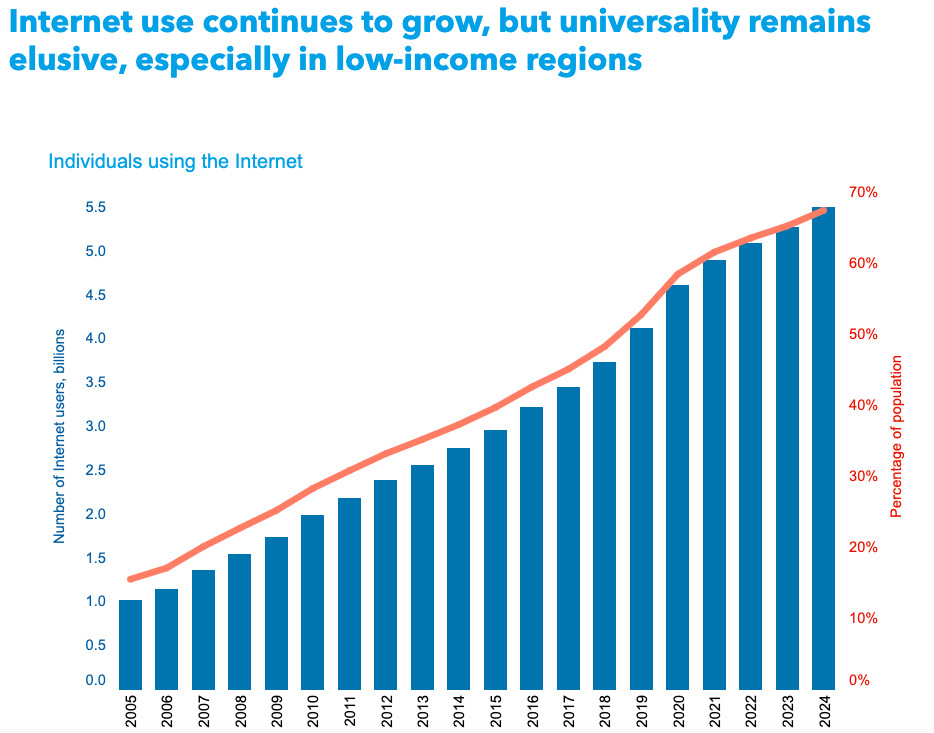
Photo: ITU
This gap is made worse by socioeconomic and geographic constraints. The biggest obstacles are seen in rural regions, where there are fewer infrastructure improvements. Less than half of rural residents (48%) have access to the Internet, but 83% of urban dwellers worldwide are online. 1.8 billion of the 2.6 billion offline residents reside in rural areas. These disparities highlight how urgently underprivileged communities require targeted solutions.
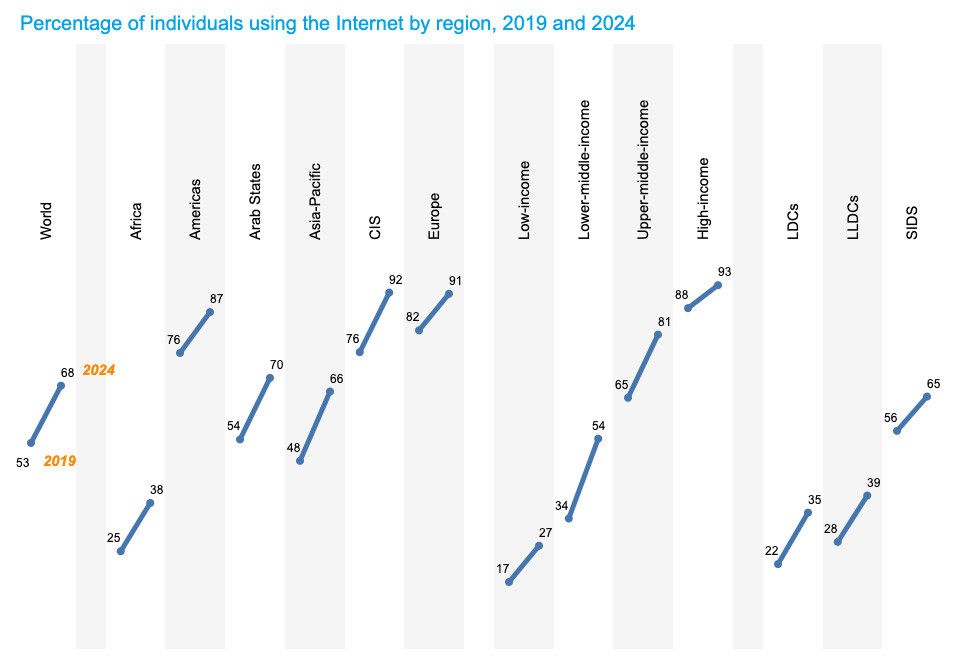
Photo: ITU
Internet Use Disparities by Gender
Global connectedness is also characterized by gender discrepancies. In 2024, 189 million more men will be Internet users than women, with 70% of males using the Internet compared to 65% of women. Progress toward gender parity has been encouraging, particularly in high-income nations. Nonetheless, there are still large disparities in low-income areas, which is indicative of larger disparities in social norms, work, and education.
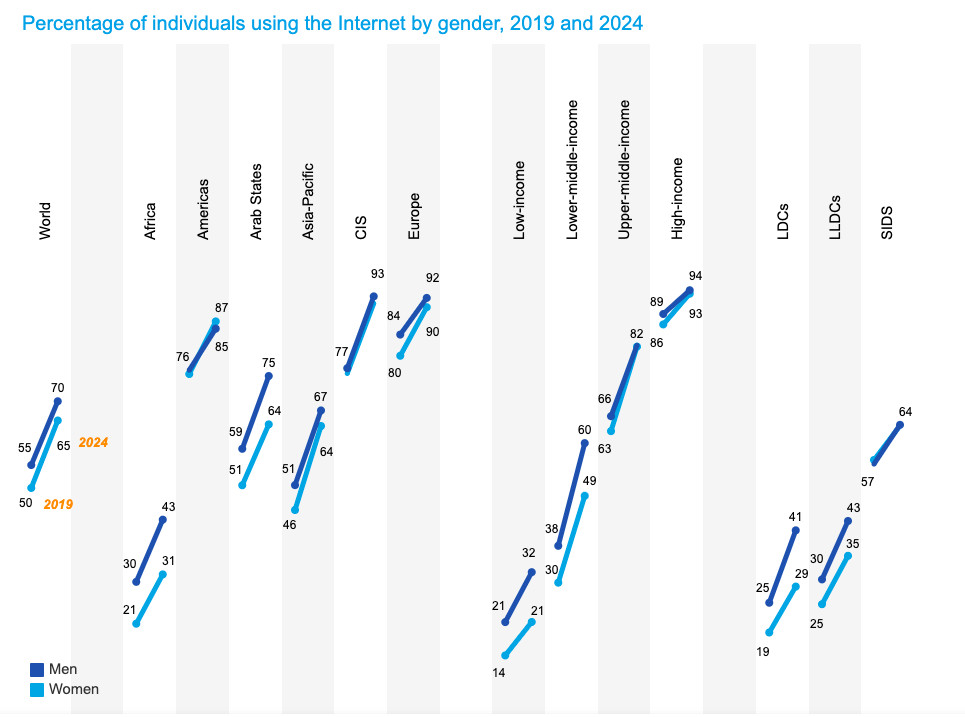
Photo: ITU
79% of persons between the ages of 15 and 24 were online in 2024, indicating that young people are more likely to utilize the Internet. The greater adoption rate within this group highlights their status as digital natives. But the gap between young people and the rest of the population is closing. The rising significance of digital literacy across all age groups is demonstrated by initiatives to bridge generational gaps in Internet access.
In developing countries, the cost of Internet connection continues to be a major barrier. Even while fixed-broadband subscription costs have decreased significantly, in low-income areas, these services frequently account for about one-third of the typical monthly income. Although more widely available, mobile broadband is constrained by smaller data allowances and slower speeds than fixed broadband.
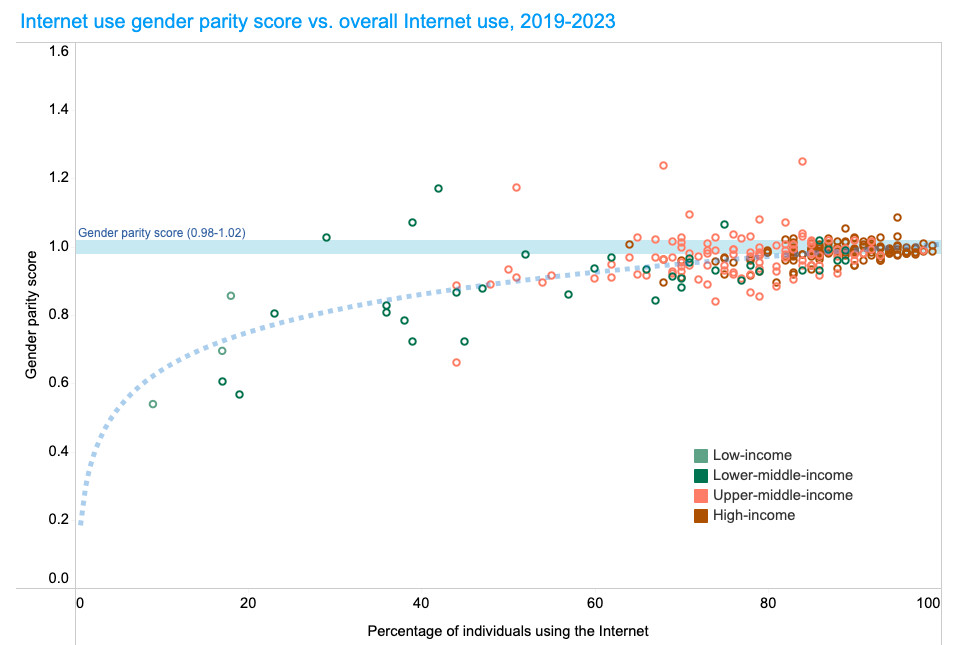
Photo: ITU
5G Development and Urban-Rural Difficulties
A key factor in closing the digital gap is mobile technology. Worldwide, more than 80% of people ten years of age and over own a cell phone. This number, however, obscures differences; in high-income countries, ownership surpasses 95%, while in low-income ones, it drops to 56%.
While 5G network growth presents new potential, it also highlights enduring disparities. Even though 5G will reach 51% of the world’s population by 2024, high-income areas will have 84% coverage, while low-income countries will only have 4%.
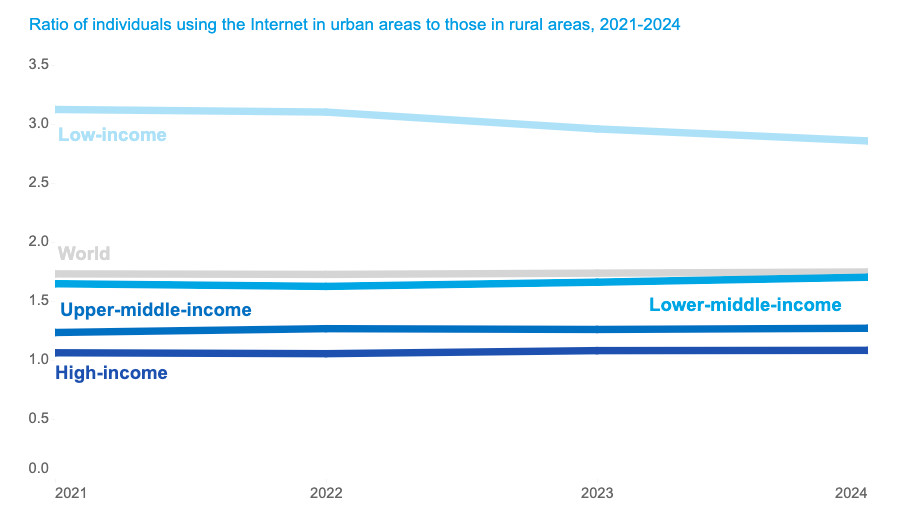
Photo: ITU
Concentrated expenditures in digital infrastructure help urban areas, whilst rural areas frequently fall behind. Wider economic and social disparities are made worse by this urban-rural gap. In rural communities, connectivity is essential for increasing healthcare access, boosting education, and promoting agricultural output in addition to empowering individuals.
The Wider Effects of Digital Impediments
By restricting access to vital services, education, and employment prospects, digital exclusion exacerbates already-existing disparities. For example, e-commerce, healthcare, and online learning platforms are frequently inaccessible to those without Internet connection. Vulnerable groups are disproportionately impacted by these restrictions, which strengthen poverty cycles.
Addressing the digital gap calls for a multipronged strategy. To solve concerns of affordability, digital literacy, and infrastructural shortages, governments, the corporate sector, and international organizations must work together. To make a progress, funding must be prioritized on neglected areas, especially low-income and rural ones.
The goal of policymakers should be to lower the cost of Internet connection by means of creative funding structures, public-private partnerships, and subsidies. Improving literacy and digital skills initiatives, particularly for women and underrepresented groups, will help promote equal access even more. Other crucial actions include creating reasonably priced devices and increasing the reach of mobile broadband.
Universal connection is a socio-economic necessity rather than only a technological aspiration. By giving people the means to obtain information, engage in the global economy, and fight for their rights, Internet access has the power to change people’s lives. Increased connectedness promotes social cohesiveness, creativity, and economic prosperity in countries.
Even with advancements, the present rate of digital inclusion is not up to speed with international goals. The ITU’s appeal to step up efforts emphasizes how urgent it is to close the digital gap. The international community can guarantee that everyone takes use of the potential the Internet offers by lowering obstacles to connectivity and promoting inclusive policies.
Disparities in access highlight the unequal distribution of technical advancement as the number of people using the Internet worldwide keeps growing. The difficulty of attaining universal connection is highlighted by the digital gap that exists between high- and low-income areas, urban and rural populations, and other demographic groupings.
In order to close this gap, efforts must focus investments in neglected areas, address structural disparities, and encourage universal access to digital technology. A connected world is essential to justice, opportunity, and development; it is not merely a question of technology. The promise of a digitally inclusive future can only be fully fulfilled if everyone is included.
Disclaimer
In line with the Trust Project guidelines, please note that the information provided on this page is not intended to be and should not be interpreted as legal, tax, investment, financial, or any other form of advice. It is important to only invest what you can afford to lose and to seek independent financial advice if you have any doubts. For further information, we suggest referring to the terms and conditions as well as the help and support pages provided by the issuer or advertiser. MetaversePost is committed to accurate, unbiased reporting, but market conditions are subject to change without notice.
About The Author
Victoria is a writer on a variety of technology topics including Web3.0, AI and cryptocurrencies. Her extensive experience allows her to write insightful articles for the wider audience.
More articles

Victoria is a writer on a variety of technology topics including Web3.0, AI and cryptocurrencies. Her extensive experience allows her to write insightful articles for the wider audience.














































